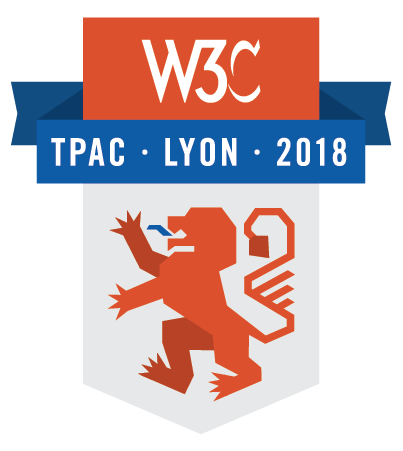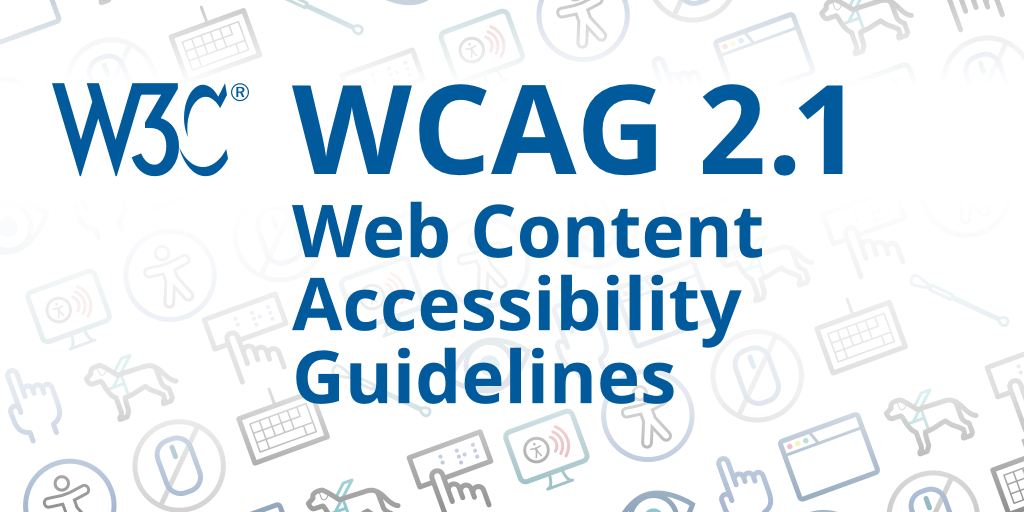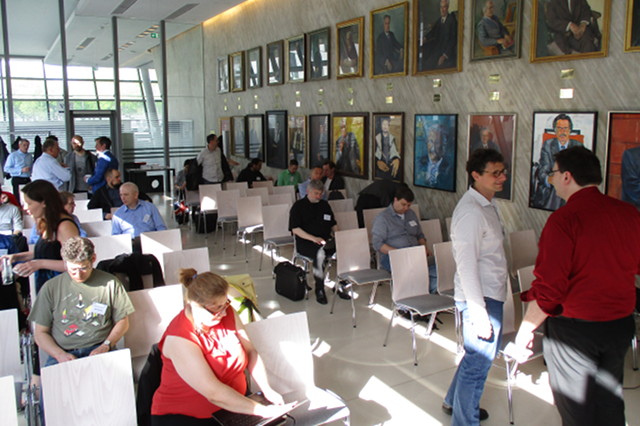 W3C announced today a W3C Workshop on Digital Publication Layout and Presentation (from Manga to Magazines), September 18-19 2018, in Tokyo, Japan. The event is hosted by the Advanced Publishing Laboratory, at the historic Mita Campus of Keio University.
W3C announced today a W3C Workshop on Digital Publication Layout and Presentation (from Manga to Magazines), September 18-19 2018, in Tokyo, Japan. The event is hosted by the Advanced Publishing Laboratory, at the historic Mita Campus of Keio University.
The primary goal of the workshop is to bring together experts to evaluate the current status and explore future directions of visually-rich long-form digital publications based on Web Technologies (particularly CSS, the formatting language of the Web), encompassing both fixed and dynamic layouts.
Expected topics of discussion include:
- Advanced layout using recent and upcoming CSS innovations, particularly for mobile and other devices (CSS grid, viewport units, media queries, css-shapes, etc.)
- “Smart transitions” for manga/comics including “Turbo Media” and other new forms
- Analysis of proprietary platforms in comics, magazines, and other verticals
- Comparison of image-dominated and text-dominated fixed-layout (and considerations for choosing reflowable vs. fixed representations, such as accessibility)
- Differences between rendering of fixed-layout EPUB in dedicated EPUB reading systems and typical browser rendering of HTML-SVG-CSS, and considerations for convergence
- Accessibility for high-design digital publications
- Innovative and interactive high-design digital publications
- Use of interactive features (e.g., scroll snap) of CSS for sequential art
- Programmatic (JavaScript) vs. declarative (HTML/CSS, SVG) representations
- Lessons learned from IDPF efforts on advanced hybrid layout and page templates
- Machine Learning (ML) and Artificial Intelligence (AI) techniques as applied to content production (such as inferring CSS layouts from images) and accessibility (such as inferring reading order and other accessibility characteristics)
- Internationalization of high-design digital publications
- Print formatting of high-design publications via CSS
- Responsive design for long-form publications
- Possibilities afforded by emerging Web Fonts capabilities (chromatic fonts, variable fonts, etc.)
- Color management
For more information on the workshop, please see the workshop details and submission instructions. Expression of Interest and position statements are due by 20 July 2018.



